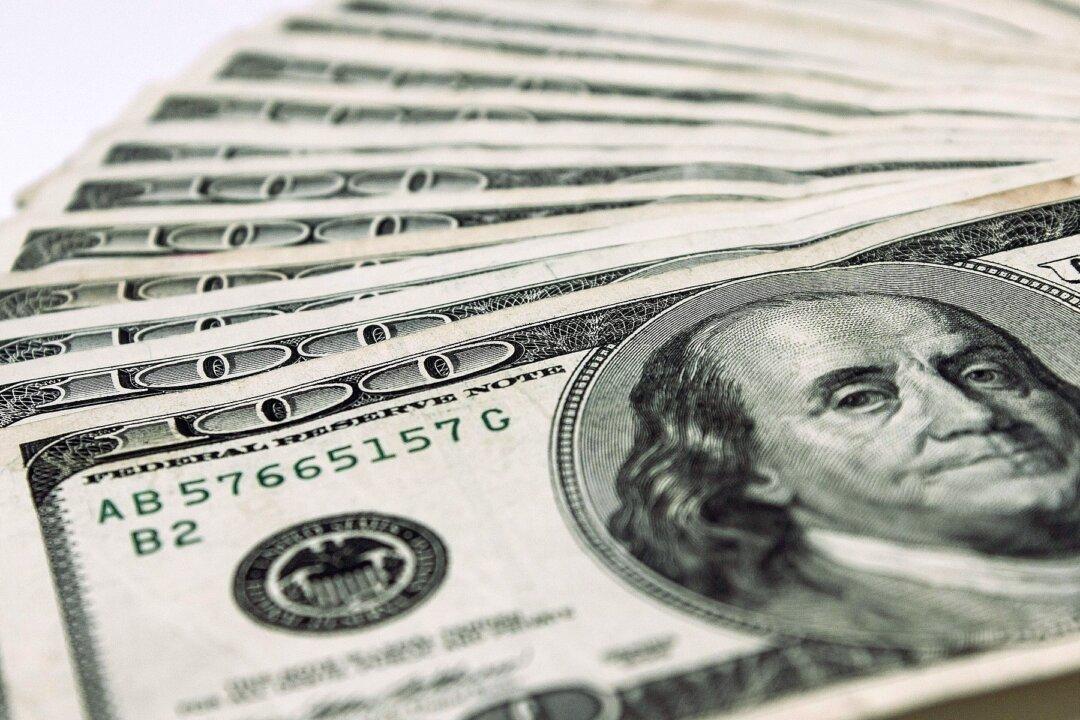Commentary
The one thing the central banks were never meant to do was the takeover of our economies. This, unfortunately, is what has happened, and it all begins with the creation of the Federal Reserve, or the Fed in 1914.

The one thing the central banks were never meant to do was the takeover of our economies. This, unfortunately, is what has happened, and it all begins with the creation of the Federal Reserve, or the Fed in 1914.